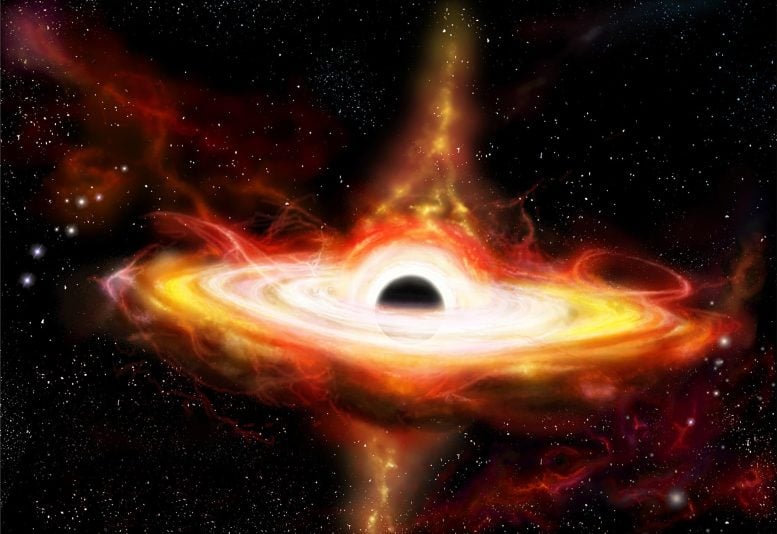
Astronomers led by Durham University have discovered one of the largest black holes ever found, with a mass over 30 billion times that of the Sun, by utilizing gravitational lensing and supercomputer simulations on the DiRAC HPC facility. This groundbreaking technique, which simulates light traveling through the universe, allowed the researchers to accurately predict the light’s path as seen in real Hubble Space Telescope images. The discovery has been published in the Monthly Notices of the Royal Astronomical Society.
Taking advantage of a phenomenon called gravitational lensing, a team of astronomers has discovered one of the biggest black holes ever found.
Light-bending gravity
The team, led by Durham University, UK, used gravitational lensing – where a foreground galaxy bends the light from a more distant object and magnifies it – and supercomputer simulations on the DiRAC HPC facility, enabled the team to closely examine how light is bent by a black hole inside a galaxy hundreds of millions of light-years from Earth.
The team simulated light traveling through the Universe hundreds of thousands of times, with each simulation including a different mass black hole, changing light’s journey to Earth.
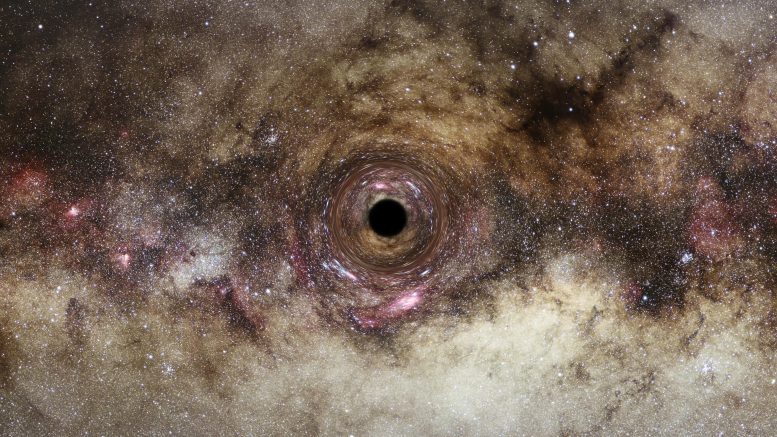
An artist’s impression of a black hole, where the black hole’s intense gravitational field distorts the space around it. This warps images of background light, lined up almost directly behind it, into distinct circular rings. This gravitational “lensing” effect offers an observation method to infer the presence of black holes and measure their mass, based on how significant the light bending is. The Hubble Space Telescope targets distant galaxies whose light passes very close to the centers of intervening fore-ground galaxies, which are expected to host supermassive black holes over a billion times the mass of the sun. Credit: ESA/Hubble, Digitized Sky Survey, Nick Risinger (skysurvey.org), N. Bartmann
30 billion times the mass of our Sun
When the researchers included an ultramassive black hole in one of their simulations, the path taken by the light from the faraway galaxy to reach Earth matched the path seen in real images captured by the Hubble Space Telescope.
What the team had found was an ultramassive black hole, an object over 30 billion times the mass of our Sun, in the foreground galaxy – a scale rarely seen by astronomers.
This is the first black hole found using gravitational lensing and the findings were published today (March 29) in the journal Monthly Notices of the Royal Astronomical Society.
A video showing how Astronomers used gravitational lensing to discover a black hole 30 billion times the mass of the sun in a galaxy 2 billion light years away. Credit: Durham University
Looking back in cosmic time
Most of the biggest black holes that we know about are in an active state, where matter pulled in close to the black hole heats up and releases energy in the form of light, X-rays, and other radiation.
Gravitational lensing makes it possible to study inactive black holes, something not currently possible in distant galaxies. This approach could let astronomers discover far more inactive and ultramassive black holes than previously thought and investigate how they grew so large.
The story of this particular discovery started back in 2004 when fellow Durham University astronomer, Professor Alastair Edge, noticed a giant arc of a gravitational lens when reviewing images of a galaxy survey.
Fast forward 19 years and with the help of some extremely high-resolution images from NASA’s Hubble telescope and the DiRAC COSMA8 supercomputer facilities at Durham University, Dr. Nightingale and his team were able to revisit this and explore it further.
Exploring the mysteries of black holes
The team hopes that this is the first step in enabling a deeper exploration of the mysteries of black holes, and that future large-scale telescopes will help astronomers study even more distant black holes to learn more about their size and scale.
Reference: “Abell 1201: detection of an ultramassive black hole in a strong gravitational lens” by J W Nightingale, Russell J Smith, Qiuhan He, Conor M O’Riordan, Jacob A Kegerreis, Aristeidis Amvrosiadis, Alastair C Edge, Amy Etherington, Richard G Hayes, Ash Kelly, John R Lucey and Richard J Massey, 29 March 2023, Monthly Notices of the Royal Astronomical Society.
DOI: 10.1093/mnras/stad587
The research was supported by the UK Space Agency, the Royal Society, the Science and Technology Facilities Council (STFC), part of UK Research and Innovation (UKRI), and the European Research Council.
This work used both the DiRAC Data Intensive Service (CSD3) and the DiRAC Memory Intensive Service (COSMA8), hosted by University of Cambridge and Durham University on behalf of the DiRAC High-Performance Computing facility.





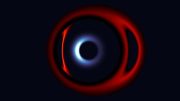

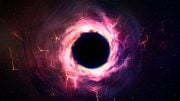
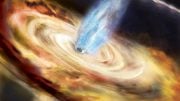
Thank you for providing correct data rather than making false statements like another large science news website that reported on the same subject.
I read this on a crazy theory site. The largest black hole should be the one that inverted to create this universe. After it’s white hole period is over on this side, it’ll go back the other direction and we’ll one day disappear and the “other” Universe will re-create in an endless loop. This is why you get deja-vu. You literally live the same life over and over to infinity when the same universe inevitably reforms again and again and again though it take many billions of years.